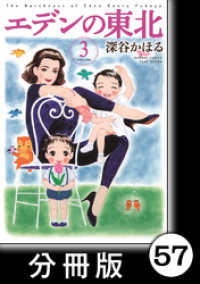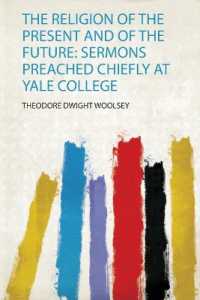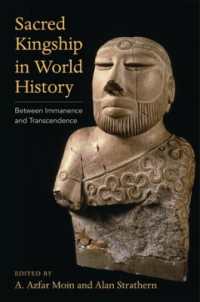Description
In the 1920s and 1930s, the port-cities of Southeast Asia were staging grounds for diverse groups of ordinary citizens to experiment with modernity, as a rising Japan and American capitalism challenged the predominance of European empires after the First World War. Both migrants and locals played a pivotal role in shaping civic culture. Moving away from a nationalist reading of the period, Su Lin Lewis explores layers of cross-cultural interaction in various spheres: the urban built environment, civic associations, print media, education, popular culture and the emergence of the modern woman. While the book focuses on Penang, Rangoon and Bangkok - three cities born amidst British expansion to the region - it explores connected experiences across Asia and in Asian intellectual enclaves in Europe. Cosmopolitan sensibilities were severely tested in the era of post-colonial nationalism, but are undergoing a resurgence in Southeast Asia's civil society and creative class today.
Table of Contents
Introduction: seeing through the city; 1. Maritime commerce, old rivalries, and the birth of three cities; 2. Asian port cities in a turbulent age; 3. Cosmopolitan publics in divided societies; 4. Newsprint, wires, and the reading public; 5. Playgrounds, classrooms, and politics; 6. Gramophones, cinema halls, and bobbed hair; Epilogue: cosmopolitan legacies; Bibliography; Index.
-

- 電子書籍
- 30話【タテヨミ】
-

- 電子書籍
- エデンの東北【分冊版】 (3)はじめて…






